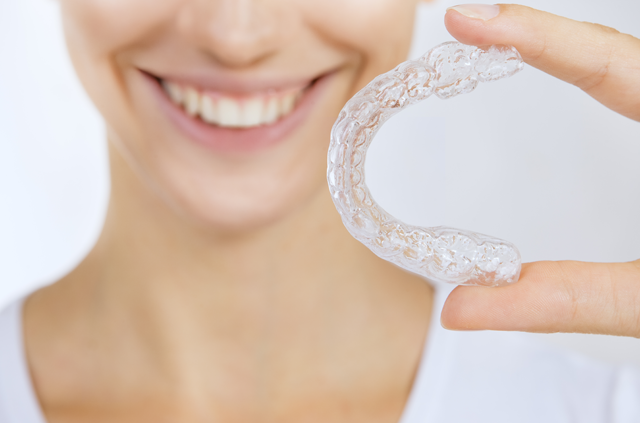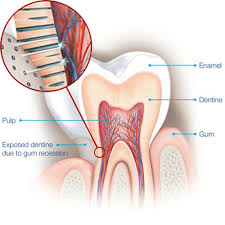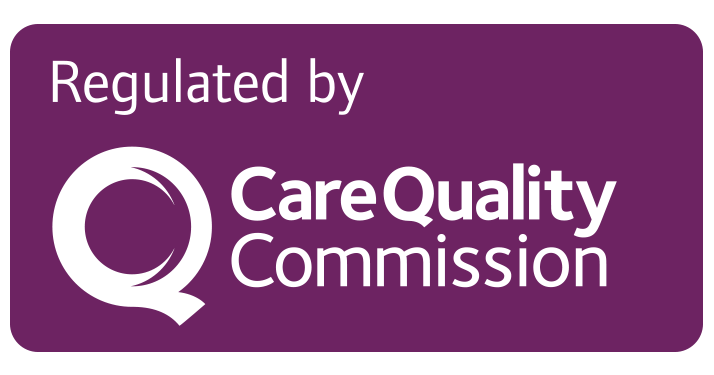After spending time and money how can you make teeth whitening last longer. Whether you opted for an in-office teeth-whitening treatment or spent weeks whitening your teeth at home, the last thing you want to see in the mirror is discolouration. You may now begin to wonder, “how can I keep my teeth white?”
1. To make teeth whitening last longer it helps to avoid certain foods. Avoid the consumption of excessive or exposure to products that stain your teeth, such as coffee, tea, and red wine, curry, and Bolognese sauce. If you do choose to consume beverages that stain, consider using a straw so that the liquid bypasses your front teeth.
2. Brush or rinse immediately after consuming stain-causing beverages or foods.
3. Follow good oral hygiene practices. Brush your teeth at least twice daily; floss at least once a day to remove plaque, and rinse with an antiseptic mouthwash at least once every day to kill bacteria that cause plaque.
4. Use a whitening toothpaste (once or twice a week only) to remove surface stains. Use a regular toothpaste the rest of the time. Over-the-counter toothpaste, gels, and rinses help remove some surface stains. Many of these products contain mild abrasives, chemicals, or polishing agents. Unlike bleaches, they don’t change the natural colour of teeth.
5. Consider touch-up treatments. Depending on the whitening method used, you may need a touch-up every six months or year. If you smoke or drink lots of stain-causing beverages, you may need a touch up more often. To keep your teeth white in the long-term, ask your dentist about making a custom tray for you so you can whiten at home. When your teeth start to yellow again from eating and drinking, you can use your fitted mouth tray and whitening gel to return your teeth to the colour you want. Be sure to talk to your dentist before whitening and only use bleaching products that have the Dental Association Seal of Acceptance or were given to you by your dentist.
Tooth-Whitening Kits
Home tooth-whitening kits contain carbamide peroxide, bleach that can remove both deep and surface stains and changes your natural tooth colour. With some packages, you apply a peroxide-based gel (with a small brush) to the surface of your teeth. In other kits, the gel is in a tray that moulds to the teeth. The tray must be worn daily (for 1 or 2 hours) for a week or more.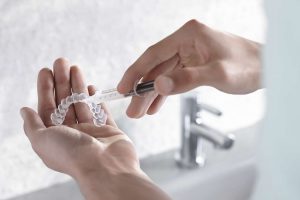
Home Whitening Strips
Home whitening strips will help get rid of tooth stains. These pieces are very thin, virtually invisible, and are coated with a peroxide-based whitening gel. You wear them a few minutes daily for a week or more. Results are visible in just a few days and last at least a year. The results with strips are not as dramatic as with whitening kits, but the strips are easy to use and pretty much foolproof
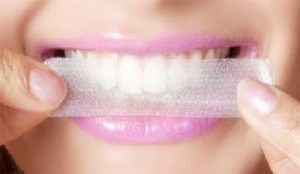
Remedies for Whiter Teeth
Some people still prefer the age-old home remedy of baking soda and a toothbrush to whiten teeth at home gently.
Do not be tempted to use this method. Often, baking soda will eventually damage the enamel of your teeth, and they will stain quicker and easier.
Some foods such as celery, apples, pineapple, pears, and carrots trigger lots of salivae, which helps wash away food debris on your teeth. Chewing sugar-free gum is a tooth-cleaning action and also triggers saliva. An additional bonus from all that saliva is that it neutralises the acid that causes tooth decay. With teeth, more saliva is better all around.
Tooth Whitening and Dental Work
Approach tooth whitening with caution if you have lots of dental veneers, bonding, fillings, crowns, and bridges. Bleach will not lighten them, meaning they will stand out among your newly whitened natural teeth. To match your whiter teeth, you may need to carry out new dental work, including veneers, crowns or composites.
To Keep Teeth White, Don’t Light Up
Not only is it bad for your health, but smoking is also one of the worst offenders when it comes to staining teeth. Tobacco does not make teeth whitening last longer. Tobacco causes brown stains that penetrate the grooves and pits of tooth enamel. Tobacco stains can be hard to remove by brushing alone. The longer you smoke, the more entrenched the stains become. Smoking also causes bad breath and gingivitis (gum disease) and increases the risk of most types of cancer.
Preventing Teeth Stains
As we age, the outer layer of tooth enamel wears away. The underlying layer, called dentin, is yellower. That’s why it’s important to try to avoid staining teeth in the first place, especially after whitening. If you take care of foods and drinks that discolour teeth, the results of whitening may last up to one year.
Foods that Cause Teeth Stains
There’s another reason to watch what you eat especially to make teeth whitening last longer. Some common foods can discolour teeth. Here’s an easy way to tell if food might be at fault: Anything that can stain a white cotton T-shirt can stain teeth. Coffee stains teeth, for example. Other top offenders are beverages such as tea, dark sodas, and fruit juices. They may be packed with disease-fighting antioxidants, but a glass of red wine, cranberry juice, or grape juice also stains teeth easily. However, that doesn’t mean you should give them up, but, instead, remember to rinse your mouth after you drink them. These aren’t the only teeth-staining foods to be aware; the deep colour of some fruits and veggies gives them their nutritional punch. Blueberries, blackberries, and beets leave their tone on teeth as well. Eat up for your health, and prevent tooth stains by:
• Brushing teeth immediately after eating.
• Rinsing your mouth with water.
Sports Drinks on Teeth
While all sweetened drinks are bad for teeth, some energy and sports drinks may be worse, according to one study in General Dentistry. To make teeth whitening last longer its best to avoid these. Researchers found that these beverages — as well as bottled lemonade — may erode tooth enamel after long-term use. The result is thin, translucent, discoloured teeth. To prevent tooth erosion:
• Don’t sit and sip these drinks for a long time.
• Rinse your mouth with water when you finish drinking.
Medications That Can Stain Teeth
The antibiotic tetracycline causes greyness in children whose teeth are still developing.
Antibacterial mouthwashes that contain chlorhexidine or cetylpyridinium chloride can also stain teeth.
Some antihistamines, antipsychotic drugs, and blood pressure medications cause tooth stains like can iron and excess fluoride.
If bleaching doesn’t help, ask your dentist about dental bonding, in which tooth-colored material is applied to teeth.
Don’t Forget Daily Maintenance
One simple strategy can help maintain white teeth: brushing.
Brush at least twice daily. Even better, brush after every meal and snack. Brushing helps prevent stains and yellow teeth, especially at the gum line. Both electric and sonic toothbrushes may be superior to traditional toothbrushes in removing plaque and surface stains on teeth. Also, don’t forget to floss and use an antiseptic mouthwash.
Read more on our teeth whitening service .


